Shootings in Buffalo, New York are down by more than 30% this year, but it’s not because of any of the new gun control laws approved by lawmakers in Albany. Instead, police are crediting a shift to focus on “micro hot spots” for the drop in crime; a strategy that targets violent criminals rather than the general public or legal gun owners.
As the Buffalo News reports, this idea isn’t a new one. In fact, Buffalo police took a cue from their colleagues in Dallas, Texas, where the same tactic was implemented last year and police saw a similar decrease in shootings and homicides. New York and Texas couldn’t be much further apart when it comes to state-level gun laws, but this strategy doesn’t depend on casting a wide net of restrictions over otherwise law-abiding gun owners. Instead, authorities identify those few square blocks of the city where violent crime is most prevalent, and use that information to go after the small number of individuals who are driving that violence.
It all begins with a digital map of the city, created with the help of data from the Erie Crime Analysis Center, a state-funded center that provides data and intelligence to the Buffalo Police Department.
First, the city is divided up into a grid of about 4,700 500-foot-by-500-foot squares. That’s about the size of a small city block, in many cases smaller than a block.
Then, they overlay all of the shootings on the map – red for shootings with injuries or deaths and blue for “shots fired.”
Looking at data over the previous 90 days, the police can pinpoint “micro hot spots.”
Once a week, the data is shared and discussed at intelligence briefings, which are held on a rotating basis at the department’s five police districts. Patrol officers are part of those meetings.
“Who knows more about what’s going on in a neighborhood than the unformed officers patrolling them?” Gramaglia said.
They discuss which spots to target and who will go where and when. The aim is to have officers going to hot spots throughout the day, spending 10 to 15 minutes at each location. The assignments are called “directed patrols.”
Patrol officers are expected to do directed patrols in between answering 911 calls. Other officers who are on special details, such as those specifically aimed at reducing gun violence, spend their shifts going on one directed patrol to the next. The patrols are largely funded through grants from the state Department of Criminal Justice Services.
The officers all have access to the grid and the data on each of the hot spots on their cell phones, so they can have a detailed understanding of the history of the location they’re patrolling.
Lt. Mark Cyrek and Officer Kevin Kindzierski walked up Thatcher Avenue, past a house where there was a fatal shooting a month earlier. More recently, there was a confirmed “shots fired” call on the street.
“Hi. How are you doing?” they said to a woman as she got into her van, looking curiously at the officers and the flashing lights of their car. A man stood outside in his driveway, checking out the scene.
“I’ve been seeing the police out here every night,” sad the man, who identified himself only as Keith and didn’t want to give his full name, given the recent gun violence on his street.
He didn’t witness or hear the shootings, he said. “But I heard about it,” he added.
Keith said he’s lived on Thatcher for more than two decades and has seen all kinds of police activity over the years.
“They’d ticket you. Pat you down,” he recalled.
He said the recent patrols seem different.
“They’re friendlier. They drive by and wave,” he said. “I think it’s better. I don’t know if it works. But I can feel the atmosphere. It’s a different vibe.”
The Buffalo paper notes that strategies like this have their critics; most notably from community activists who say that the increased presence of law enforcement leads to “overpolicing” and harassing of law-abiding citizens. I would argue that shouldn’t happen if police are actually focused on the small number of those prolific offenders. In fact, if the system is working as it should then there will likely be fewer arrests, but those taken into custody will be facing very serious charges.
This strategy is the antithesis of the gun-banning ideology of groups like Everytown for Gun Safety and anti-gun politicians like New York Mayor Kathy Hochul because it doesn’t depend in the slightest on carving up our right to keep and bear arms into a number of possessory crimes. It addresses crime by going after violent actors instead of turning legal gun owners into paperwork criminals. Not only is that a more constitutionally sound approach, it actually works, though whether or not this strategy can survive the onslaught of new possessory offenses that are set to take effect on September 1st, however, is an open question. There’ll be a lot of pressure on police departments to show they’re rigidly enforcing these new laws, even if that enforcement comes at the cost of individual rights and life-saving public safety strategies that are already having an impact.
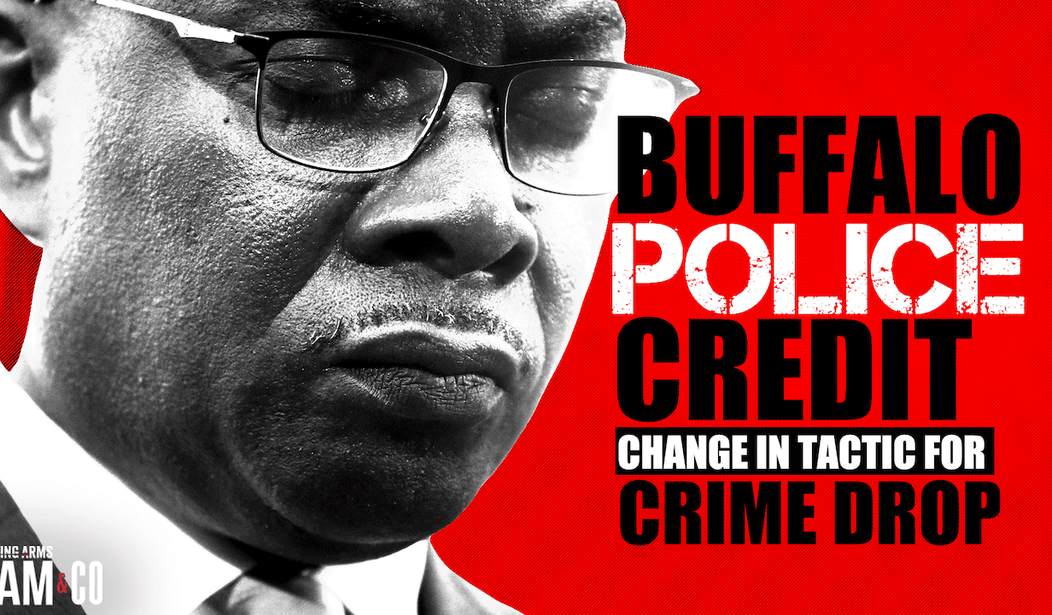

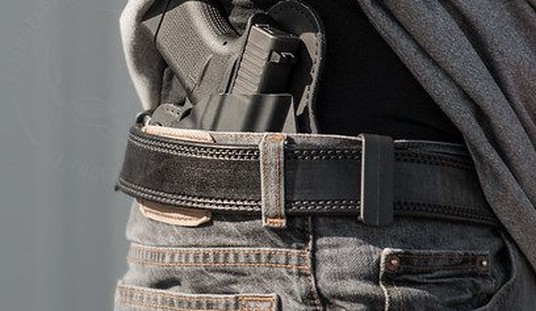


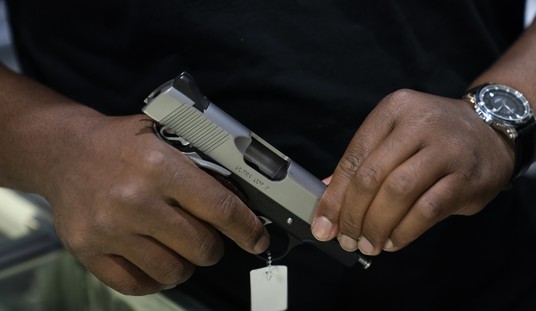
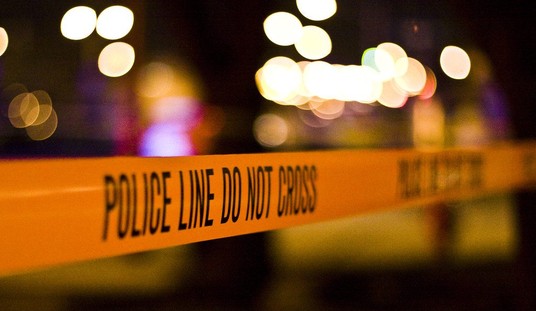

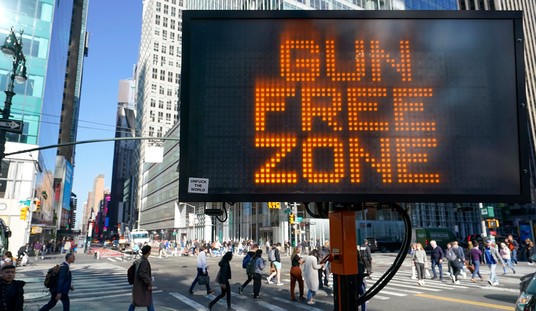
Join the conversation as a VIP Member